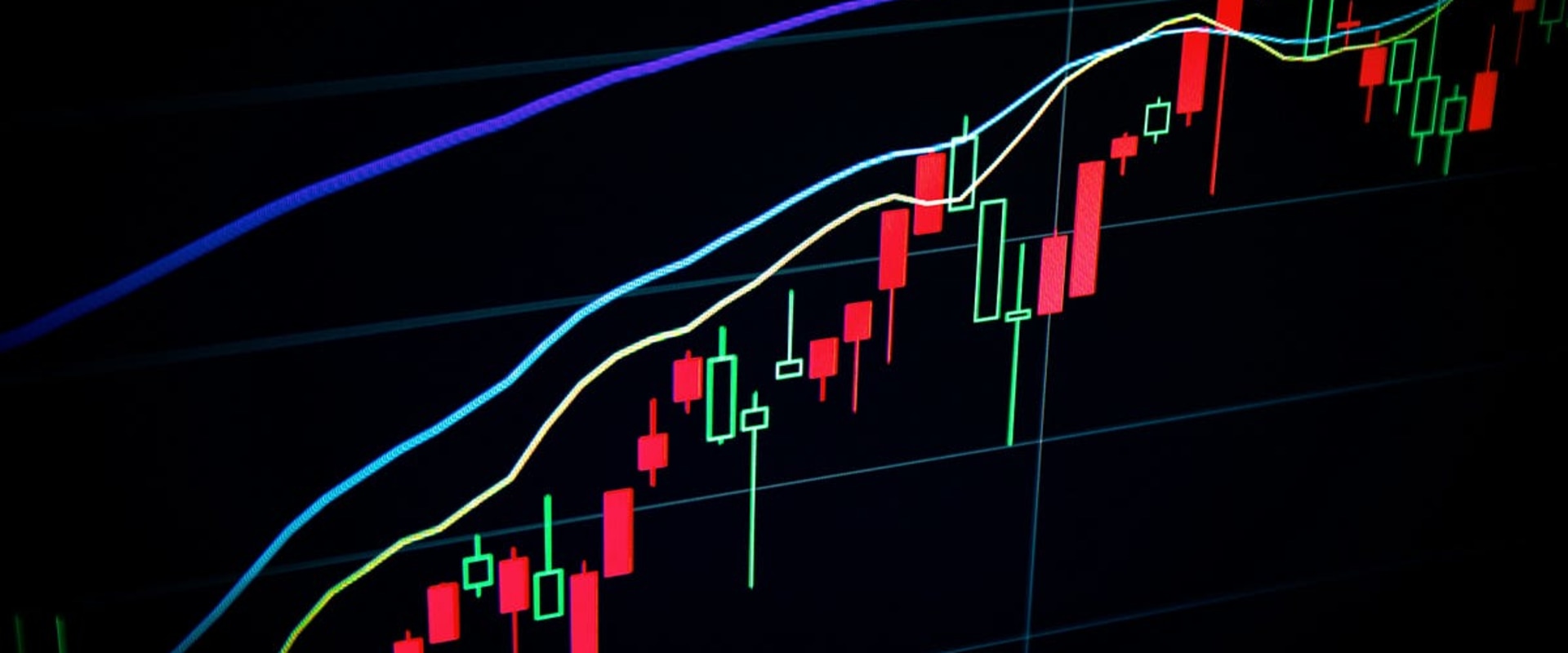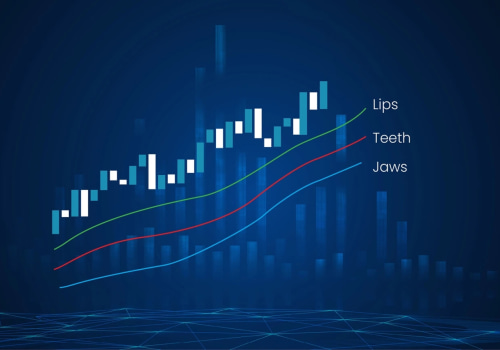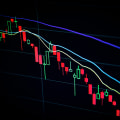Combining signals with technical analysis is one of the most effective strategies for successful Forex trading. By combining multiple signals, you can get a better picture of the market and make more informed decisions. This article will explain how to use signals in combination with technical analysis to maximize your trading profits. We will cover the basics of technical analysis and how to use signals in tandem with it.
We will also discuss the different types of signals and their uses in Forex trading. Finally, we will discuss how to use signals in combination with technical analysis to increase your chances of success in Forex trading. It is important to understand that signals are not a substitute for technical analysis.
Technical analysis
is the study of past price movements in order to predict future price movements. By studying price action on charts, traders can look for patterns and trends that will help them determine the direction of the market.On the other hand, signals are indicators that can help traders identify potential trading opportunities. By combining signals with technical analysis, traders can gain an edge in the market and increase their chances of success. One of the main advantages of combining signals with technical analysis is that it can help traders find potential trading opportunities more quickly. By combining different types of signals, traders can identify potential entry and exit points more quickly than if they were relying solely on technical analysis. Additionally, combining signals with technical analysis can help traders stay ahead of the curve and get an edge on other traders in the market. However, there are some potential drawbacks to using signals in your strategy.
One of the most common drawbacks is that signals can be unreliable or misleading at times. This is because signals are based on past price movements and may not always accurately reflect future price movements. Additionally, signals can be affected by market noise and false signals can be generated as a result. As such, it is important to be aware of these potential drawbacks when using signals in your strategy. In order to get the most out of combining signals with technical analysis, it is important to develop a well-rounded trading strategy.
This means having a clear understanding of how both signal-based and technical analysis-based strategies work and being able to recognize when one type of analysis is more appropriate than the other. Additionally, it is important to be aware of any potential false signals or market noise that may affect your trades. By staying aware of these factors, you can ensure that you are making informed decisions and getting the most out of your trading strategy. Finally, it is important to practice good risk management when using signals in your trading strategy. This means setting stop losses and taking profits when appropriate in order to protect your capital from large losses.
Additionally, it is important to use a well-thought-out money management system when using signal-based strategies in order to ensure that you are not risking too much capital at any given time. Overall, combining signals with technical analysis can be a powerful tool for improving your Forex trading strategy. By understanding the advantages and potential drawbacks of using signals in your strategy, as well as developing a well-rounded trading approach, you can ensure that you are making informed decisions and getting the most out of your trades.
Advantages of Combining Signals with Technical Analysis
One of the major advantages of combining signals with technical analysis is that it can help you make more informed and timely decisions. By combining signals with technical analysis, traders can identify trends and potential opportunities early on. This can allow them to capitalize on these opportunities quickly before they become too late.Additionally, combining signals with technical analysis can help traders reduce risk by providing more accurate predictions of price movements. Another advantage of combining signals with technical analysis is that it can provide traders with a greater understanding of the market. By analyzing both signals and technical indicators, traders can gain a better understanding of the underlying dynamics of the market. This can lead to more informed and profitable decisions. Additionally, combining signals with technical analysis allows traders to identify potential entry and exit points in the market, helping them maximize profits and minimize losses. Finally, combining signals with technical analysis can also help traders identify potential trading strategies.
By studying both signals and technical indicators, traders can determine which strategies are likely to be successful in different market environments. This can help them develop more effective trading strategies that have a higher chance of success.
Practicing Good Risk Management
When combining signals with technical analysis, it is essential to practice good risk management. By taking steps to protect your capital from large losses, you can increase your chances of success in the Forex market. Here are some tips for managing risk when using signals with technical analysis:Set Stop Losses:One of the most important steps you can take to protect your capital is to set stop losses.A stop loss is a predetermined price level that, when triggered, will automatically close out your position. This helps to limit the amount of potential losses in the event that the market moves against you.
Limit Your Leverage:
Another way to manage risk when combining signals with technical analysis is to limit your leverage. Leverage is a double-edged sword - it can magnify your profits, but it can also magnify your losses. By limiting your leverage, you can reduce the amount of potential losses in the event that the market moves against you.Diversify Your Portfolio:
Finally, it's important to diversify your portfolio when combining signals with technical analysis.Diversification helps to spread out your risk over multiple different instruments and markets, so that if one market moves against you, you still have other positions that may be performing better. This can help to reduce the overall volatility of your portfolio and protect your capital from large losses.
Potential Drawbacks to Using Signals in Your Strategy
Using signals in your Forex trading strategy may have some potential drawbacks. While signals can help you make more informed decisions, they can also lead to over-trading and can be costly if not used correctly. It is important to understand the risks associated with signals before implementing them in your trading strategy. One potential issue with signals is that they can be difficult to interpret.While signals provide traders with an idea of the direction of the market, they are not always clear and can often lead to misinterpreting the data. This can result in poor trading decisions and losses. Additionally, signals can be too slow to respond and may lead to missing opportunities. Another drawback of using signals is that they can cause traders to over-trade. When traders rely too heavily on signals, they can end up trading too frequently or taking on too many positions, which can be costly.
Over-trading can also lead to emotional trading which is an ineffective way to trade. Finally, signals can be expensive. Trading signals services may charge a monthly fee or require a minimum deposit. If you are using signals as part of your trading strategy, make sure to research the cost and determine if the service is worth the investment.
Developing a Well-Rounded Trading Strategy
Creating a well-rounded trading strategy that combines signals with technical analysis can be an effective and efficient way to make informed decisions in the Forex market. However, in order to get the most out of this approach, it is important to take the following steps to ensure that you are making informed decisions.Analyze the Market
- Before making a trade, it is important to analyze the current market conditions to ensure that you are making the best decision possible.This includes researching trends, news events, and economic indicators that could potentially affect the direction of a currency pair.
Set Stop Losses
- Setting stop losses is an important part of any trading strategy, but it is especially important when combining signals with technical analysis. Stop losses help to limit potential losses by automatically closing out a position when it reaches a certain price point.Identify Support and Resistance Levels
- Support and resistance levels provide key areas of potential entry or exit points in the market. Identifying these levels can help you make more informed decisions when trading with signals and technical analysis.Test Your Strategy
- Before implementing a trading strategy, it is important to test it out in a simulated environment to ensure that it is working as expected. This will help you become more comfortable with your strategy and ensure that it is providing the desired results.Manage Risk
- Risk management is essential for any successful trading strategy.It is important to set realistic expectations and understand your risk tolerance before making any trades. In conclusion, combining signals with technical analysis can be an effective tool for improving your Forex trading strategy. When used properly, combining signals with technical analysis can help traders gain a deeper understanding of the markets and make more informed decisions. By understanding how both signal-based and technical analysis-based strategies work and being aware of potential false signals or market noise, traders can ensure that they are making the most out of their trades. Additionally, it is important to develop a well-rounded trading strategy and practice good risk management to ensure maximum profitability and minimal losses.












Leave Reply